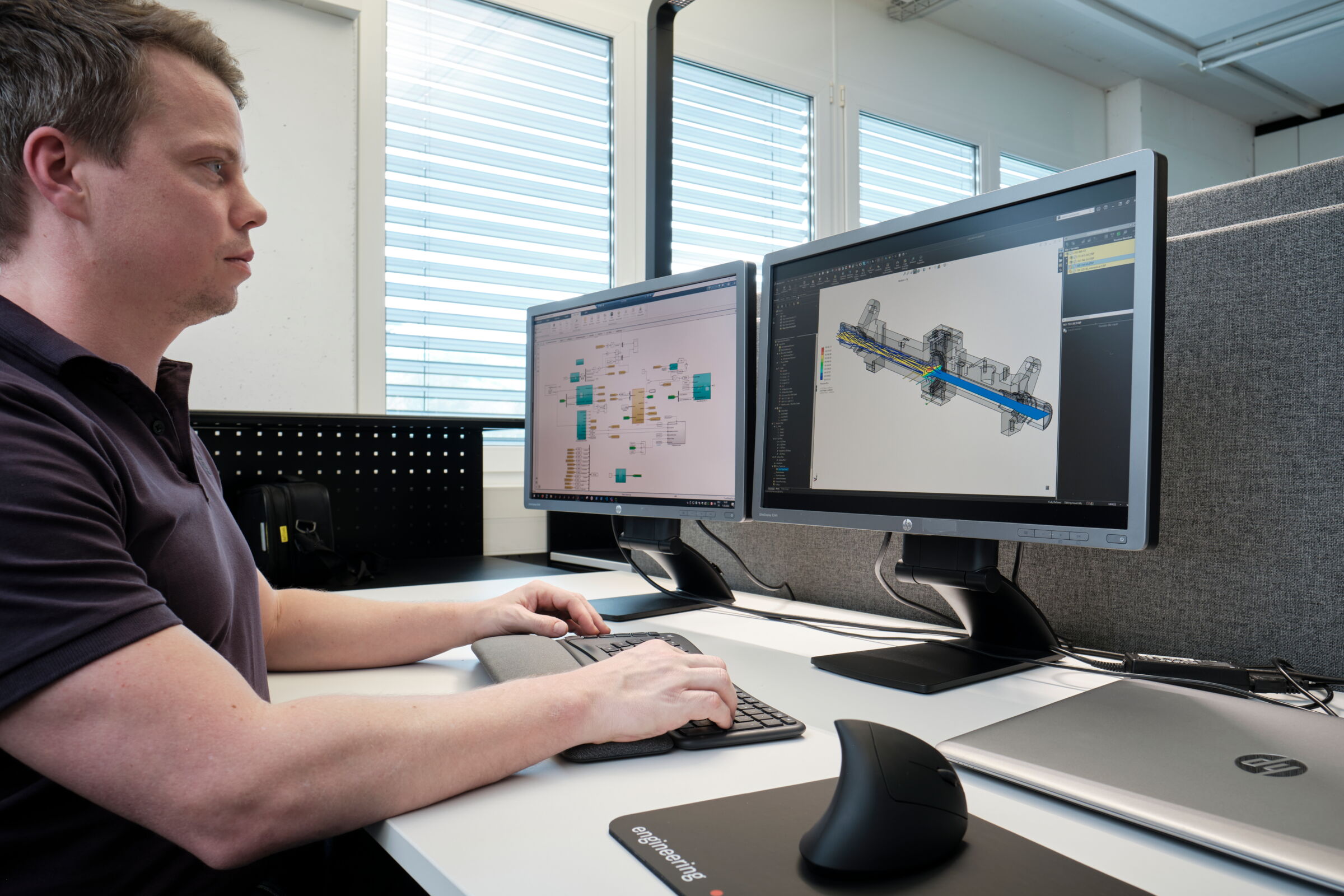
Simulations play a pivotal role in the development of modern devices, particularly in the medical and industrial sectors. They allow engineers to predict the real-world performance of a design before it's built, providing the opportunity to evaluate various design alternatives, validate product performance, and identify potential issues early in the design process. At IMT, we fully leverage the power of advanced simulation techniques.

Our simulation expertise make it possible to test and optimize designs for a wide variety of mechanical structures or fluid dynamics in the virtual world at an early stage. This ensures maximum reliability and efficiency in real applications. We see simulations as part of the overall development process. This enables our customers to make sound, data-based design decisions early on, enabling faster time-to-market, increased product quality, and significant cost savings.
Structural mechanics
Simulations using the Finite Element (FE) method go beyond simple stress and strain analysis in structural mechanics. They serve as crucial tools in predicting material failure, assessing performance under diverse load and environmental conditions, such as the impact of long-term loading on plastic components. When combined with physical tests (see Testing and Verification section), we can rapidly acquire the insights needed to optimally design components or an entire device.
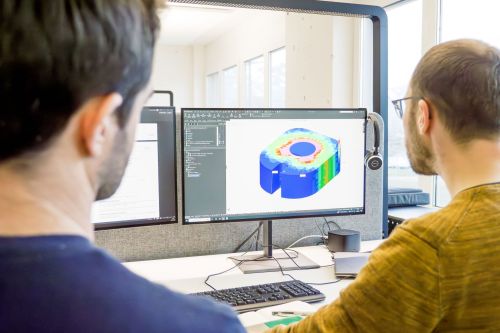
Fluid dynamics
Flow simulations offer a deep dive into the analysis and prediction of liquid and gas behaviors and their interactions with solid surfaces. Through Computational Fluid Dynamics (CFD) simulations, we study and optimize parameters like pressure drop and vortex formation in components, such as measuring elements for gas devices. We employ thermal flow simulations to design convective cooling mechanisms for devices (see our Expert Blog for more). By testing various designs early in the development process, we significantly minimize risk when constructing the initial prototype.
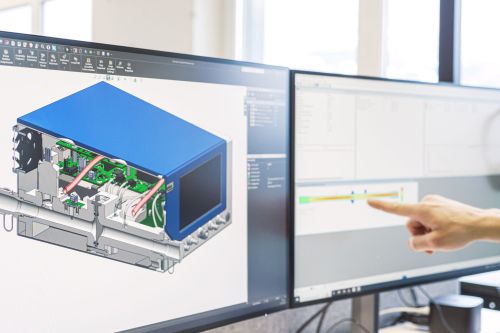
Technologies used
- FEM structural simulations (Solidworks Simulation Professional, ANSYS Mechanical)
- CFD flow simulations (Solidwords Flow, ANSYS Fluent)
- Mechanical measurements (universal testing machine for tensile and compression tests)
- Pressure and flow measurements
- Aging tests
Use cases
New products
During the development of a new device, CFD simulations were successfully used to design the cooling of the electronics (see article in our Expert Blog). In the process, Four variants were "virtually" tested with simulations. Thus, already in the first prototype, a temperature reduction of up to 47% could be achieved on critical components compared to the benchmark device.
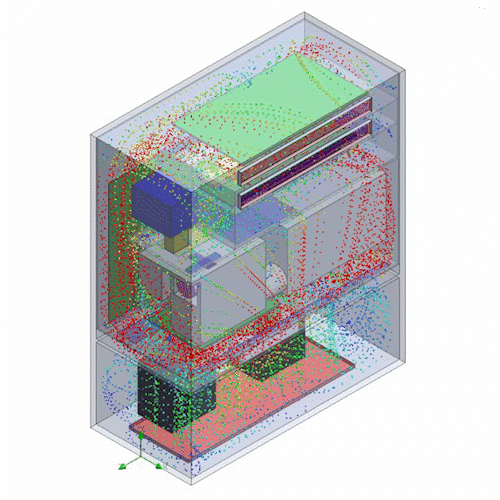
Manufacturing defects analysis
A customer's product, which had already been introduced to the market, experienced an unexpected defect during operation. IMT was commissioned to determine the reason for the fracture in the part. Thanks to our extensive FE simulations, we were able to quickly verify sufficient strength of the welded plastic part. As a result, a time-consuming and costly tool modification could be avoided. With the help of our test laboratory, the strength could then be confirmed experimentally.
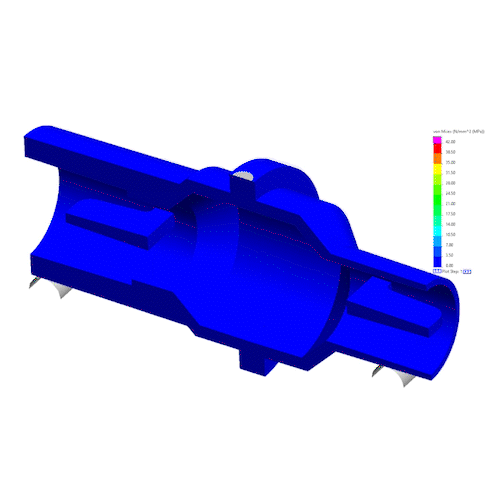
Advantages of simulations
A simulation is like an experiment in the virtual world with the following advantages:
- Cost savings and accelerated development process: Problems or errors are detected and corrected at an early stage.
- Efficiency: Different design scenarios can be quickly evaluated and optimized.
- Deeper analysis: hidden or difficult to measure processes, e.g. vortex formation in a flow, are made visible.
- Improvement of physical understanding: systematic simulation of different scenarios enables more precise assessment of the various physical influences.
- Risk minimization: increased probability of success of early prototypes in verification tests.
- Safety: dangerous processes can be simulated without risk to personnel or equipment.
- Cost savings and sustainability: the use of simulations can prevent costly errors or defects, resulting in significant cost savings and reduced use of resources.
Contact
Struggling with predicting material failure or optimizing fluid dynamics in your device design? Contact us now and we help you optimize design early in development, significantly reducing project risks.

Benno Bieri
COO & Head of Business Development


